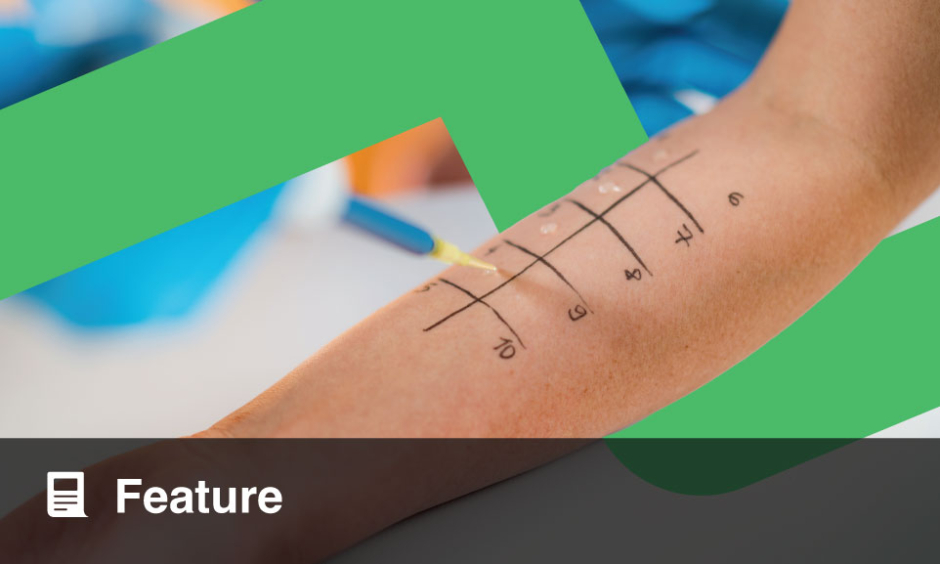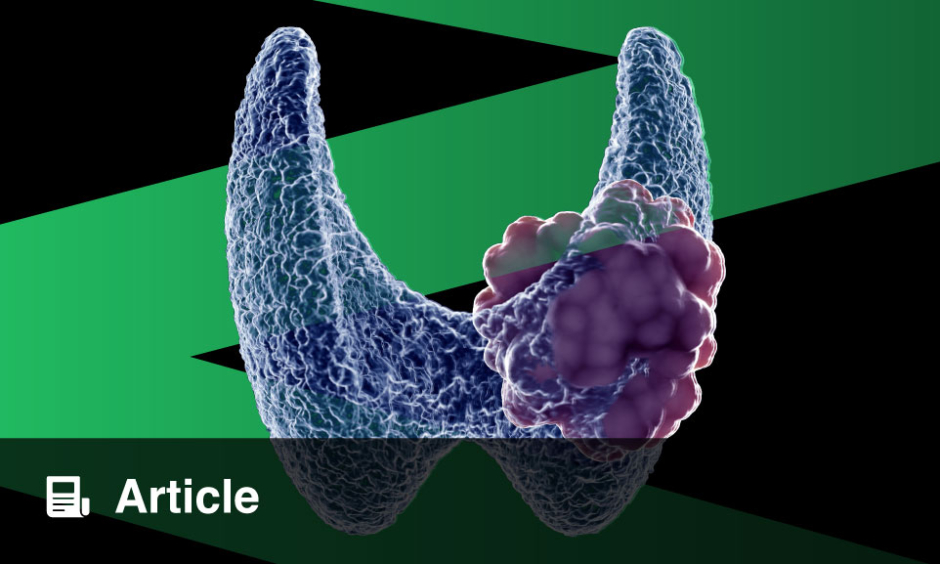OPTIMISING selection of formaldehyde-related allergens when patch testing allergic contact dermatitis (ACD) reduces cost, whilst maintaining a high capture rate. Researchers have investigated a new strategy for patch-testing multiple cross-reactive allergens for formaldehyde-related ACD, to determine the optimal, most cost-effective method.
Researchers conducted a retrospective analysis of 9,832 patients who underwent patch testing to all formaldehyde agents (such as formaldehyde, quaternium-15 and diazolidinyl urea) between 1997 and 2022. Among the participants, 830 had positive patch tests. Patch Optimization Platform (POP) identified which single formaldehyde-related allergen optimally captures patients with clinically relevant ACD. This is based on previous research which demonstrates that when a patient is allergic to one formaldehyde agent, they are usually allergic to others as well. POP determined that Quaternium-15 is the first optimal allergen for patch testing, capturing 53% of patients alone. With the addition of formaldehyde 1%, the capture rate increased to 78%. Using POP, computational selection of the optimal top five allergens demonstrated a 94% capture rate for patients with ACD. The top five allergens were quaternium-15, formaldehyde 1%, hexahydro-1,3,5-tris (2-hydroxyethyl)-s-triazine, toluenesulfonamide and either diazolidinyl urea or imidazolidinyl urea. Regarding cost-effectiveness, it was revealed that the addition of other allergens beyond these five only yielded a 2% or less increase in benefit.
The results demonstrate that using an optimised allergen selection algorithm to select a subset of allergens to include in patch-testing, is a more effective strategy for diagnosing ACD. While the results are specific to formaldehyde-related ACD, this approach can be applied across other allergies as well.
Katrina Thornber, EMJ
Reference
McKenzie NC et al. Cost-effectiveness of patch testing allergens within the same group – a computational approach to optimize formaldehyde-related allergen selection. JAAD. 2024;DOI:10.1016/j.jaad.2024.06.061.







